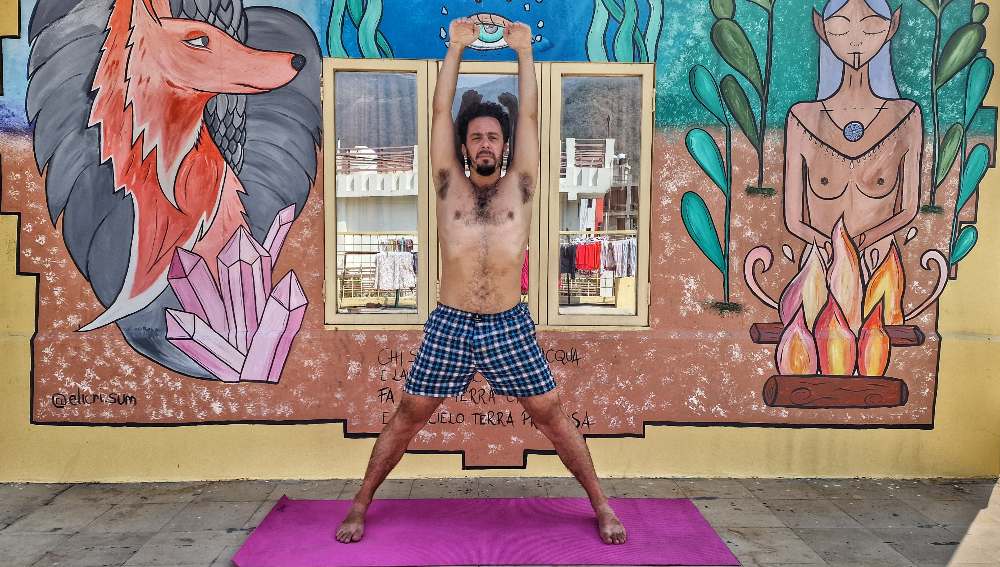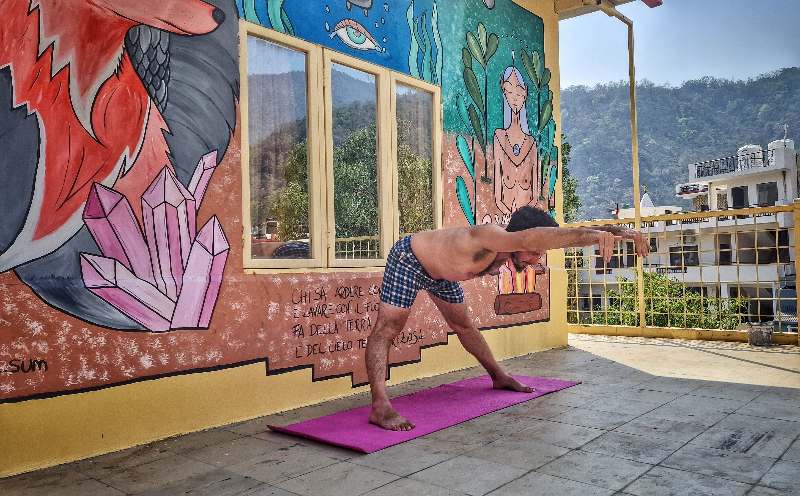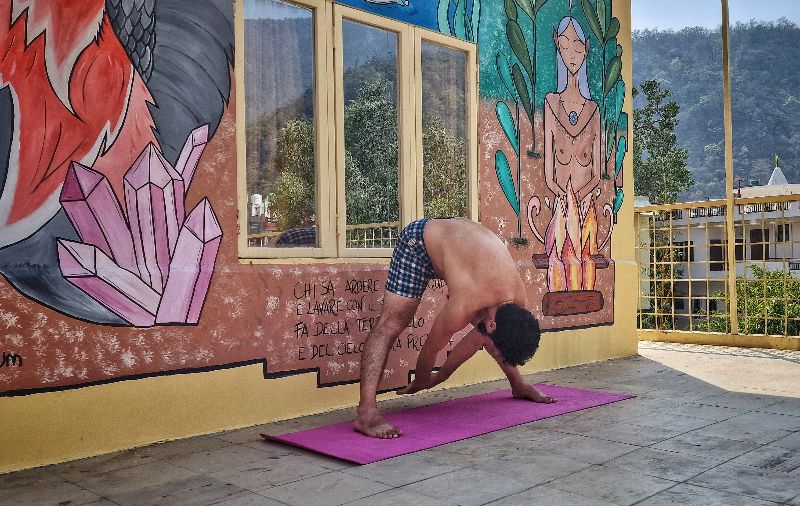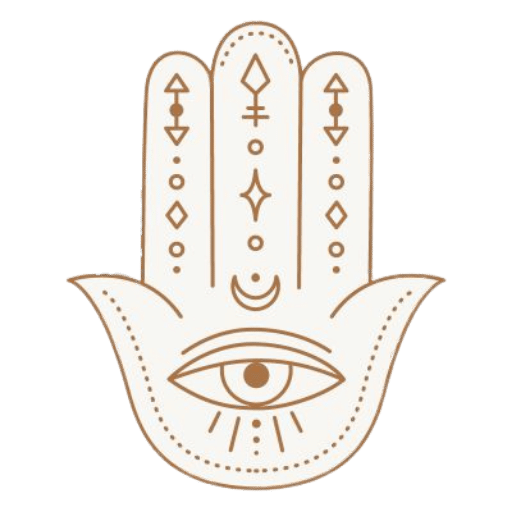
Discover the traditional Utthita Lolasana: the swinging while standing pose
Learn how to practice it, its benefits, contraindications, breathing, and alignment.
Welcome to our blog post on Utthita Lolasana, also known as Swinging While Standing Pose. This traditional yoga asana, described by Swami Satyananda in his book “Asana, Pranayama, Mudra, Bandha,” is a unique and dynamic posture that offers a range of benefits for the mind, body, and spirit.
Often used in the tantric practice and in kundalini kriya, this asana is a very powerful exercise involving both the physical and the pranic (energetic) bodies (annamayakosha, pranamayakosha).
The intense use of the breath and the fast movements from inverted to upright position make this pose a real gem for those practitioners who want to move energy around the body – but it also makes it slightly dangerous for some categories, we are going to see who and why.
In this comprehensive guide, we will explore how to practice Utthita Lolasana, its numerous advantages, contraindications to be mindful of, and the importance of proper breathing and alignment during the pose.
Whether you are a seasoned yogi or a beginner, this post will provide you with valuable insights into this fascinating and invigorating pose. So, let’s dive in and discover the transformative power of Utthita Lolasana!

How to do Utthita Lolasana
- Stand erect with the feet wide, about 1 meter apart (3/3.5 feet)
- Inhale, raise the arms over the hand and keep the elbows straight
- Flex the wrists forward so that the hands hang limp
- Bend forward and swing the trunk down, hinging from the hips (anterior pelvic tilt), while exhaling forcefully from the mouth.
- Allow the arms and eventually the head to swing through the open legs
After this initial major swing, allow the body to keep on swinging gently and spontaneously. Then rest, tension-free, soft like a rag-doll, keep your balance with the trunk hanging down from the hips.
Engaging your core, return smoothly to the erect position with both arms reaching up. Then lower the arms by your side.
Variation 1 – Utthita Lolasana in Kundalini
After the major swing, instead of resting passively in the rag-doll position, immediately inhale and bring your chest up by engaging your abs, keep your spine straight and extended by looking forward (do not strain the neck).
Repeat the exercise at a fast pace, Exhale swing down and throw your arms behind your legs, inhale and come straight up. In this variation, the breath can be fully nasal or you can inhale from the nose and exhale forcefully from the mouth.
This is the way to practice Utthita Lolasana in the Kundalini Practice for Heart Chakra.

Notes about the breathing in Utthita Lolasana
The breathing is a very important part of the Utthita Lolasana, pose.
On your first round, inhale slowly, fully, and deeply while raising your arms up, then retain your breath in antar kumbhaka for a few instants – do this only on your first round of a cycle.
On each downswing, the exhale should be forcefully through the mouth, to make sure all stagnant air has been expelled from the lungs.
To aid in this, the sound “ah” can be produced, this will emphasize the exhale and make sure the lungs will be completely emptied. The sound should come from the abdomen, not from the throat, so that the large diaphragm muscle will push the lungs on its upward movement.
While extending the spine and coming back upwards, the inhalation shall be only a reflex action, a natural and passive inhale.
Awareness and alignment in Utthita Lolasana
The awareness shall be mostly focused on the back, teeping the spine straight until the very last part of the forward bend, as well as extending it while coming up, will help protect your lower back from injuries.
The body should be loose but the kneecaps shall stay engaged, legs kept straight, and feet parallel to each other, with a slight internal rotation of the tight to widen the lower back and rear pelvic area.
The swinging shall be synchronized with the breathing and the diaphragm movement.
Contraindications of Utthita Lolasana
This traditional standing asana is very dynamic, with the head going up and down at a relatively fast pace, it can cause dizziness in many beginners practitioners, especially those suffering from low blood pressure – this is not a big deal, just take it easy and slow your pace down, if the head is pinning rest your forehead on the back of your palms placed on the wall, or rest in child pose (balasana/adho mukha virasana).
People who should absolutely avoid this practice are those suffering from unmedicated high blood pressure (HBP), vertigo, or those with back-related problems or injuries (slip or herniated disks especially). Also, avoid Utthita Lolasana and most other inversions if suffering from illnesses that make the blood impure.
Common inversion precautions shall also be applied: avoid if you have arteriosclerosis, glaucoma, ear infections, brain diseases, or if you are pregnant. Contrary to most common beliefs, women can still practice inversions during their period if they feel like it.
Benefits of Utthita Lolasana
This traditional yogic exercise helps to remove tiredness by stimulating the circulations and toning the central nervous system and spinal nerve fibers.
On a muscular level, it stretches the hamstrings, and lower back muscles, while loosening the pelvic girdle and hip flexors, and toning the upper back. It also gives a nice massage to the visceral organs, stimulating the intestines.
Utthita Lolasana is also a breathing exercise, and if breath retention is used in between rounds, it can even be considered a pranayama practice: it opens up all the alveoli and helps drainage of stagnant mucus.
It has all the benefits of inverted asanas: nourishing the neurons, flushing out toxins, enriching blood flow to the pituitary gland, and in turn toning the whole endocrine system… and many more.


